Longest Rivers in Africa.
Africa is the second Largest Continent after Asia but we have the longest rivers on the planet. These top 10 Longest Rivers in Africa, not only help in Agriculture but also in Tourist Attractions. River Congo is the deepest and River Nile the Longest.
To the continent as a whole, some of the rivers have the best waterfalls with River Zambezi having the longest and most mesmerizing waterfall on Earth.
The Elizabeth Waterfalls. River Congo is the deepest. For these and many more Without much let’s delve in and see the list of the top 10 Longest Rivers in Africa.
10.) Limpopo River.

According to Limpopo River Awareness. Limpopo Drains an area of approximately 408 000 km².
The Limpopo River basin encapsulates a diverse landscape and four riparian countries Namely. Botswana, Mozambique, South Africa and Zimbabwe.
Limpopo River travels a distance of over 1 750 km from the confluence of the Marcio and Crocodile Rivers in South Africa.
To the Indian Ocean at Xai Xai, in Mozambique. Along its route, the river forms the border between Botswana and South Africa.
Then the border between Zimbabwe and South Africa, before passing into Mozambique at Pafuri.
The Limpopo is the second largest river in Africa that drains to the Indian Ocean, after the Zambezi River.
Facts.
- Length: 1,750 km.
- Mouth: Indian Ocean.
- Source confluence: Marico and Crocodile.
- Elevation: 872 m (2,861 ft).
- Basin size: 415,000 km2 (160,000 sq mi).
- Sources: Krokodilrivier, Marico River.
9.) Kwango/cuango River.
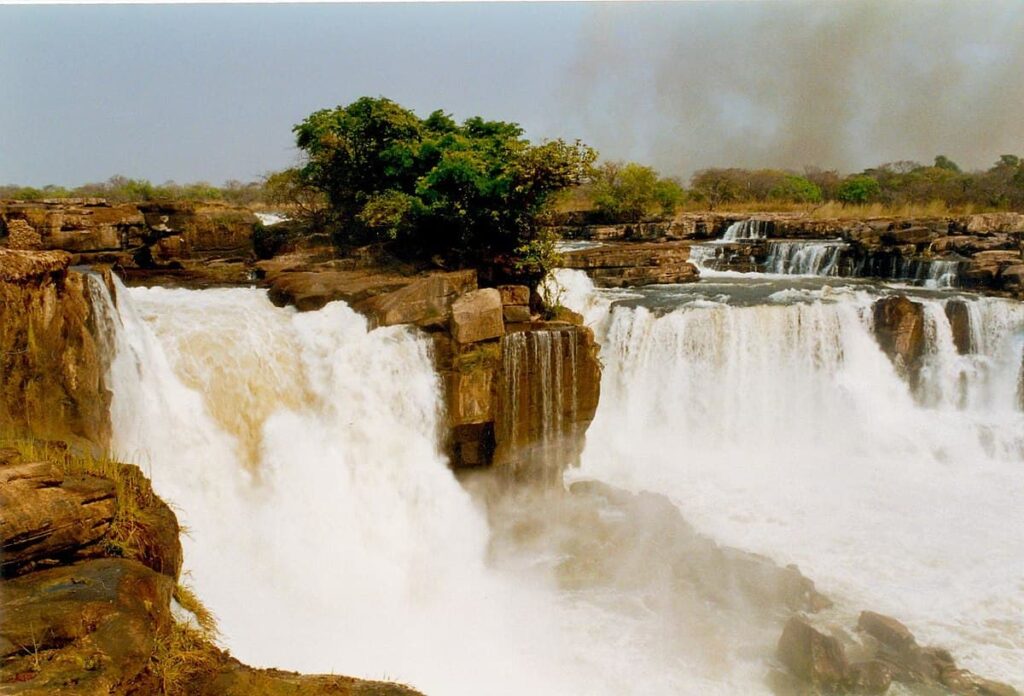
The Cuango or Kwango (Portuguese: Rio Cuango) is a transboundary river of Angola and the Democratic Republic of Congo.
It is the largest left bank tributary of the Kasai River in the Congo River basin. It flows through Malanje town in Angola.
The Kwango River basin has large resources of diamonds in the Chitamba-Lulo Kimberlite Cluster in Lunda Norte Province.
Discovered in the main river channel and on flats and terraces in its flood plains.
Facts.
- Length: 1,770 km.
- Basin area: 263,402 km².
- Mouth: Kasai.
- Source: Cacolo.
- Basin size: 101,700 sq. mi (263,000 km2).
- Countries: The Democratic Republic of the Congo, Angola.
8.) The Lualaba River.
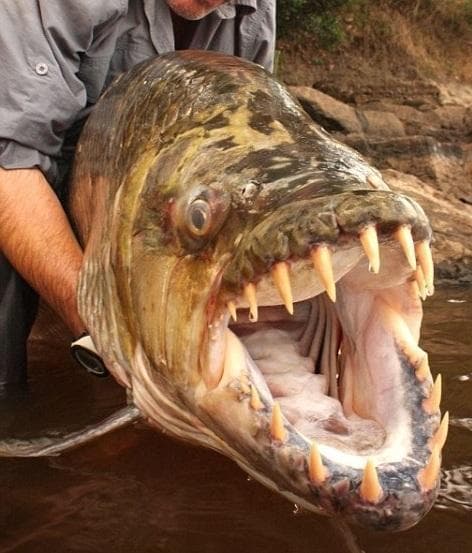
The Lualaba River is widely known for Goliath Tiger Fish, weighing 24 to 25 Kilograms, as seen in the pic.
They are quite big. The Lualaba River flows entirely within the eastern Democratic Republic of the Congo.
It is the greatest river source of the Congo River by volume of water. The Lualaba is 1,800 kilometres long.
Its headwaters are in the country’s far southeastern corner near Musofi and Lubumbashi in Katanga Province, next to Zambia.
The Lualaba River serves as the northern and western boundary of Upemba National Park. Protecting habitats on the Kibara Plateau in Katanga Province of the southeastern Democratic Republic of Congo.
Facts.
- Length: 1,800 km.
- Source elevation: 1,400 m.
- Mouth: Congo River.
- Country: The Democratic Republic of the Congo.
7.) The Kasai River.

At their confluence in Kwango Province Kasai and Mai- Ndombe Rivers cross each other but they do not mix.
The Kasai River is a tributary of the Congo River, located in Central Africa. The river begins in central Angola and flows to the east.
Until it reaches the border between Angola and the Democratic Republic of the Congo. Where it turns north and serves as the border until it flows into the DRC.
The tributaries of River Kasai are clear of obstacles like cataracts and river weed, making them very navigable. They facilitate the transport sector and form an important trade artery.
Facts.
- Length: 2,153 km.
- Discharge: 9,873 m³/s.
- Basin area: 881,890 km².
- Basin size: 881,890 km2 (340,500 sq. mi).
- Mouth: Congo River.
- Countries: The Democratic Republic of the Congo, Angola.
6.) The Orange River.
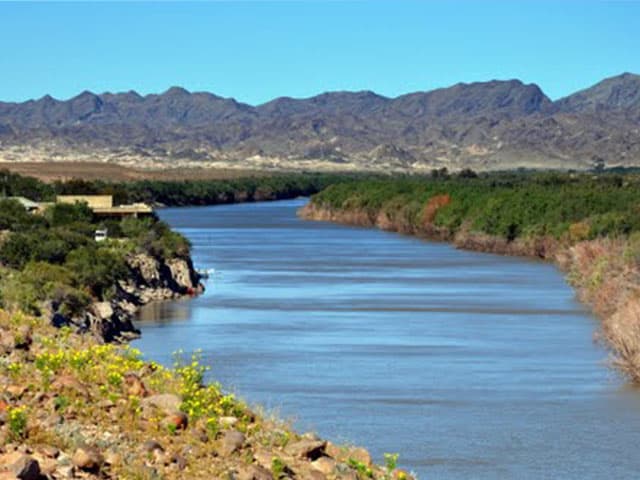
The Orange River is a river in Southern Africa. It is the longest river within the borders of Lesotho and the Orange River.
The Basin extends extensively into South Africa, Namibia and Botswana to the north. It rises in the Drakensberg mountains in Lesotho.
Flowing westwards through South Africa to the Atlantic Ocean. The Orange River plays an important role in the South African economy by providing water for irrigation and hydroelectric power.
Facts.
- Length: 2,200 km.
- Basin size: 973,000 km2 (376,000 sq. mi).
- Mouth: Atlantic Ocean.
- Sources: Drakensberg, Lesotho.
5.) The Zambezi One of the Longest Rivers in Africa.

The Zambezi is the fourth-longest river in Africa but the longest east-flowing river in Africa. It also boasts of being the largest flowing River into the Indian Ocean from Africa.
The area of its basin is 1,390,000 square kilometres, slightly less than half of the Nile’s. The Zambezi’s most noted feature is Victoria Falls.
Other notable falls include the Chavuma Falls at the border between Zambia and Angola, and Ngonye Falls, near Sioma in Western Zambia
Facts.
- Length: 2,574 km.
- Source: Mwinilunga.
- Basin size: 1,390,000 km2 (540,000 sq. mi.
- Mouth: Indian Ocean.
- Elevation: 1,500 m (4,900 ft).
4.) The White Nile.
The White Nile is a river in Africa. One of the two main tributaries of the Nile. The other is the Blue Nile.
The name comes from colouring due to clay carried in the water. In the strict meaning. “White Nile” refers to the river formed at Lake No, at the confluence of the Bahr al Jabal and Bahr el Ghazal Rivers.
Facts.
- Length: 3,700 km.
- Source: Lake No.
- ⁃ location: Burundi or Rwanda.
- Basin size: 1,800,000 km2 (690,000 sq. mi).
- Mouths: Blue Nile River, Nile.
- Cities: Jinja, Khartoum, Juba.
3.) The Niger River.

The Niger is the third-longest river in Africa. Exceeded only by the Nile and the Congo Rivers (also known as the Zaïre River).
Its main tributary is the Benue River. The Niger River is the principal river of West Africa, extending about 4,180 km.
Its drainage basin is 2,117,700 km² in area. Its source is in the Guinea Highlands in southeastern Guinea.
It runs in a crescent through Mali, Niger, on the border with Benin and then through Nigeria, discharging through a massive delta, known as the Niger Delta or the Oil Rivers, into the Gulf of Guinea in the Atlantic Ocean.
Facts.
- Length: 4,180 km.
- Source: Guinea Highlands.
- Basin size: 2,117,700 km2 (817,600 sq. mi).
2.) The Congo River.
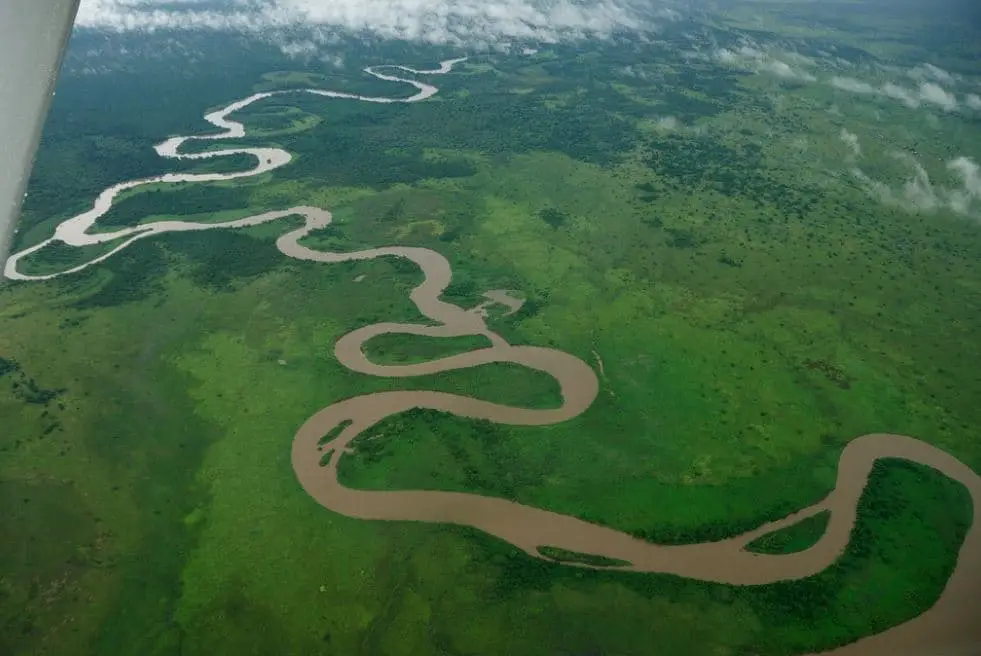
The Congo River, formerly known as the Zaire River during the dictatorship of Mobutu Sese Seko, is the second-longest river in Africa.
Shorter only than the Nile, as well as the second-largest river in the world by discharge volume, following only the Amazon.
It is also the world’s deepest recorded river, with measured depths above 220 m (720 ft). It is the only major river to cross the equator twice.
Interesting Facts About River Congo.
- The Congo Basin has a total area of about 4,000,000 km2 (1,500,000 sq. mi) or 13% of the entire African landmass.
- The Congo River shaped approximately 1.5 to 2 million years ago during the Pleistocene period. The Congo rainforest may be the second largest on the planet after the Amazon jungle.
- There are some animals which are only found here, including the Congo peafowl, dryas monkey and bonobo.
Facts.
- Length: 4,700 km.
- ⁃ location: Boyoma Falls.
- Basin size: 4,014,500 km2 (1,550,000 sq. mi).
- Mouth: Atlantic Ocean.
- Sources: Lake Tanganyika, East African Rift, Chambeshi River, Lake Mweru.
1.) The Nile, Longest River in Africa.
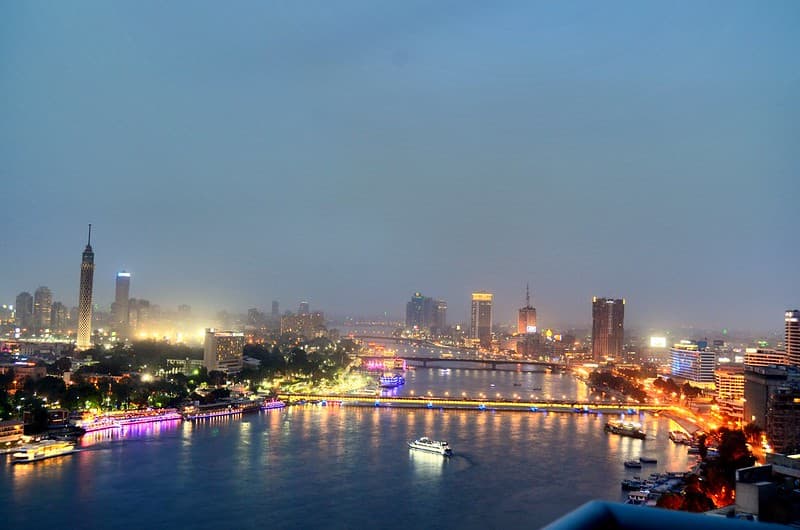
The Nile is not only the longest river in Africa but also on planet earth. River Nile is a major north-flowing river in northeastern Africa.
It is also the longest river in Africa and the disputed longest river in the world. As the Brazilian government says that the Amazon River is longer than the Nile.
The Nile has two major tributaries – the White Nile and the Blue Nile. The White Nile is considered to be the headwaters and primary stream of the Nile itself.
The Blue Nile, however, is the source of most of the water, containing 80% of the water and silt.
The White Nile is longer and rises in the Great Lakes region of central Africa. It has the most distant source still undetermined but is located in either Rwanda or Burundi.
It flows north through Tanzania, Lake Victoria, Uganda and South Sudan. The Blue Nile begins at Lake Tana in Ethiopia and flows into Sudan from the southeast. The two rivers meet just north of the Sudanese capital of Khartoum.
Facts.
- Length: 6,650 km.
- 2nd source: Blue Nile.
- Mouth: the Mediterranean Sea.
- Basin size: 3,400,000 km2 (1,300,000 sq. mi).
- Sources: Blue Nile River, White Nile.
Conclusion.
The Nile is widely considered Earth’s longest river, but that title doesn’t come easily. The Nile is only slightly longer than the Amazon River.
This confusion started in 2007 a team of Brazilian scientists announced they had remeasured the Amazon and found it to be 6,800 km (4,225 miles) long.
Thus dethroning the Nile but how did it grow over time? Their study wasn’t published, though, and as LiveScience points out.
Many scientists are sceptical about its methods. The Nile is still generally credited as the world’s longest river. By sources from the United Nations to the Guinness Book of World Records.
Although the Amazon also boasts plenty of superlatives, including the world’s largest river by volume, since it holds about 20% of Earth’s freshwater.

Read:


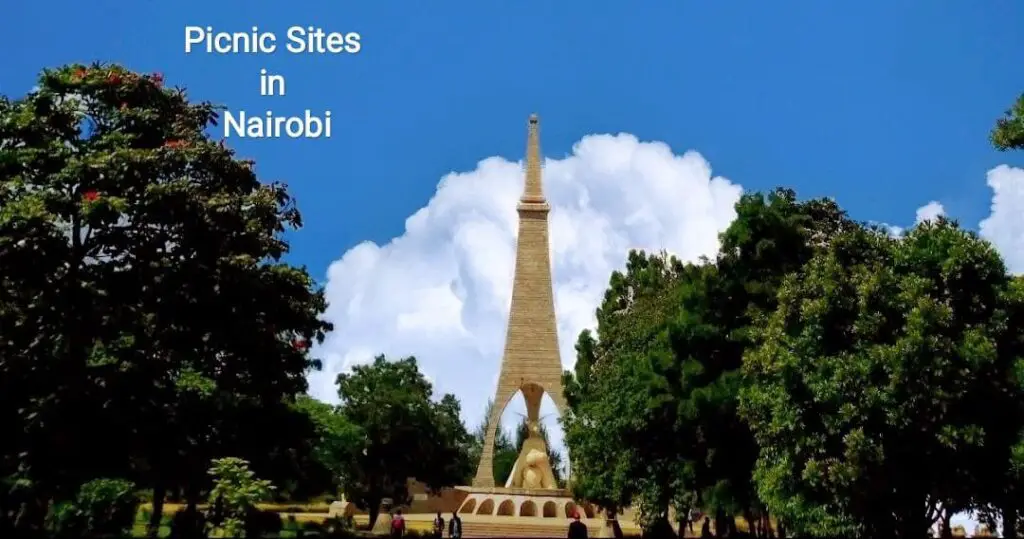


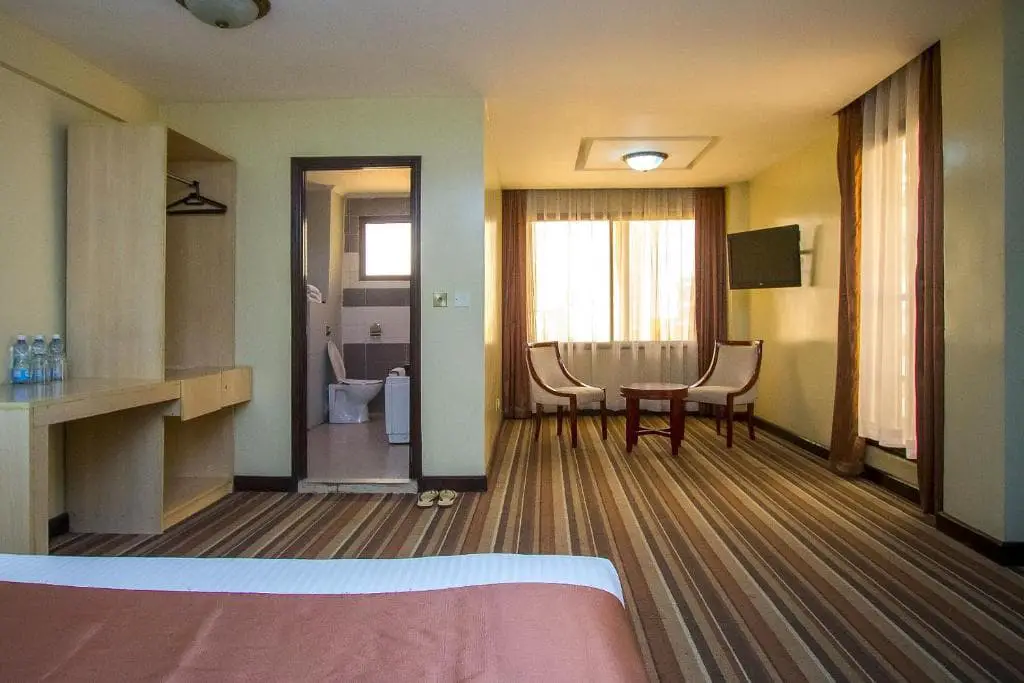



Pingback: 10 of The Most Amazing Deserts in Africa. - Into Safaris